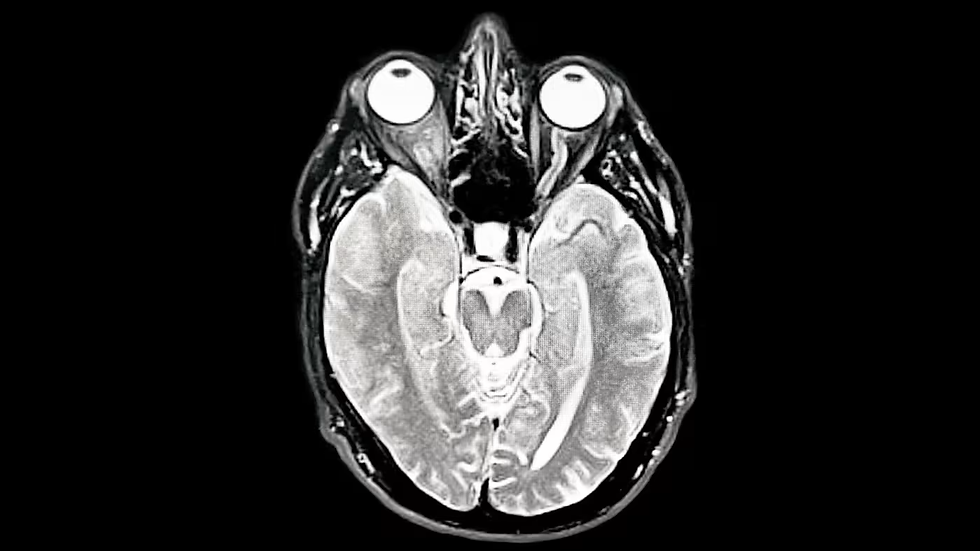Next-Generation Memory Technology:
- Melissa Santañez
- Jul 9, 2024
- 1 min read
A team at Pohang University of Science & Technology has made strides in memory technology by developing ferroelectric transistors capable of 16-level data per cell memory operations. This advancement promises to enhance the performance and capacity of future memory devices.
Research led by Professor Jang-Sik Lee from POSTECH has revolutionized ferroelectric memory devices, enhancing data storage capacity significantly. Published in Science Advances, their study introduces hafnia-based materials and a novel device structure that promise substantial advancements in memory technology. Traditional NAND flash memory, though widely used, faces limitations like high voltages and slow speeds. In contrast, the team's innovation allows for low-voltage operation and high-speed data processing, achieving a memory window exceeding 10 V and enabling Quad-Level Cell (QLC) technology. This breakthrough not only enhances data retention but also paves the way for future developments in low-power, high-density memory solutions crucial for data centers and AI applications.
What does it mean?
In simpler terms, the research led by Professor Jang-Sik Lee has made a big leap in how much data can be stored and accessed quickly in electronic devices. They've developed a new type of memory that uses materials like hafnia to store data more efficiently and with less energy. This means future devices could have much larger storage capacities, work faster, and use less power, which is important for things like making computers faster and more efficient, and improving technologies like artificial intelligence.








Comments